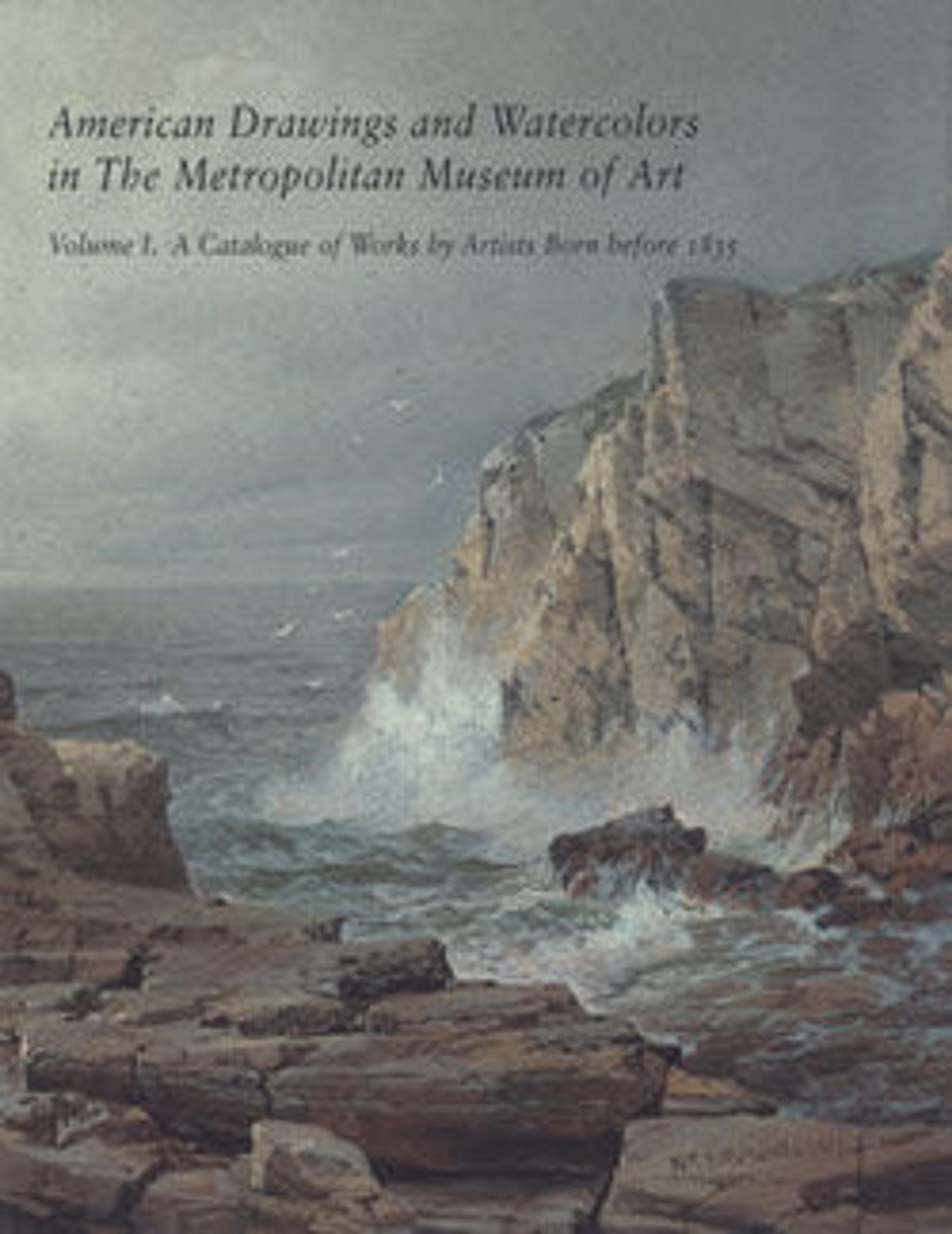Ebenezer Storer
In September 1762, Copley asked the Swiss pastelist Jean-Étienne Liotard to send “a sett of Crayons of the very best kind such as You can recommend [for] liveliness of colour and Justness of tints. In a word let em be a sett of the very best that can be got.” Copley excelled in pastel, an extremely difficult medium. He recognized his own skill and wrote to his colleague Benjamin West that he thought “my best portraits done [are] in that way.” This portrait of the Boston merchant Ebenezer Storer exemplifies the technical and artistic skill that Copley achieved in the medium. Taking full advantage of the brilliance afforded by pastel, he rendered Storer’s damask banyan in rich tones of green that convey not only the fabric’s floral pattern but also its weight and sheen. Copley also captured the soft pile of the velvet turban, the smoothness of Storer’s forehead, and the stubble of his shaved sideburns and cheeks.
Artwork Details
- Title:Ebenezer Storer
- Artist:John Singleton Copley (American, Boston, Massachusetts 1738–1815 London)
- Date:ca. 1767–69
- Culture:American
- Medium:Pastel on laid paper mounted on canvas
- Dimensions:24 x 18 in. (61 x 45.7 cm)
- Credit Line:Gift of Thomas J. Watson, 1940
- Object Number:40.161.1b
- Curatorial Department: The American Wing
More Artwork
Research Resources
The Met provides unparalleled resources for research and welcomes an international community of students and scholars. The Met's Open Access API is where creators and researchers can connect to the The Met collection. Open Access data and public domain images are available for unrestricted commercial and noncommercial use without permission or fee.
To request images under copyright and other restrictions, please use this Image Request form.
Feedback
We continue to research and examine historical and cultural context for objects in The Met collection. If you have comments or questions about this object record, please contact us using the form below. The Museum looks forward to receiving your comments.
